Japan design is now synonymous with quality design, with designers combining aesthetics with user experience to produce products that are affordable and affordable. However in the middle of the last century, Japan did not even have the concept of design, and they relied on copying to develop their economy, which was blamed by the world.
It has been 60 years since the emergence of Japanese design concept, but the rise of Japanese design is actually earlier than now. In the short 30 years from the 1950s to the 1980s, Japan has been firmly in the position of a big country in design. What makes them develop so fast? Let's follow the famous Japanese designer Shigeru Uchida's book "Sixty Years of Japanese Design" to review this history.
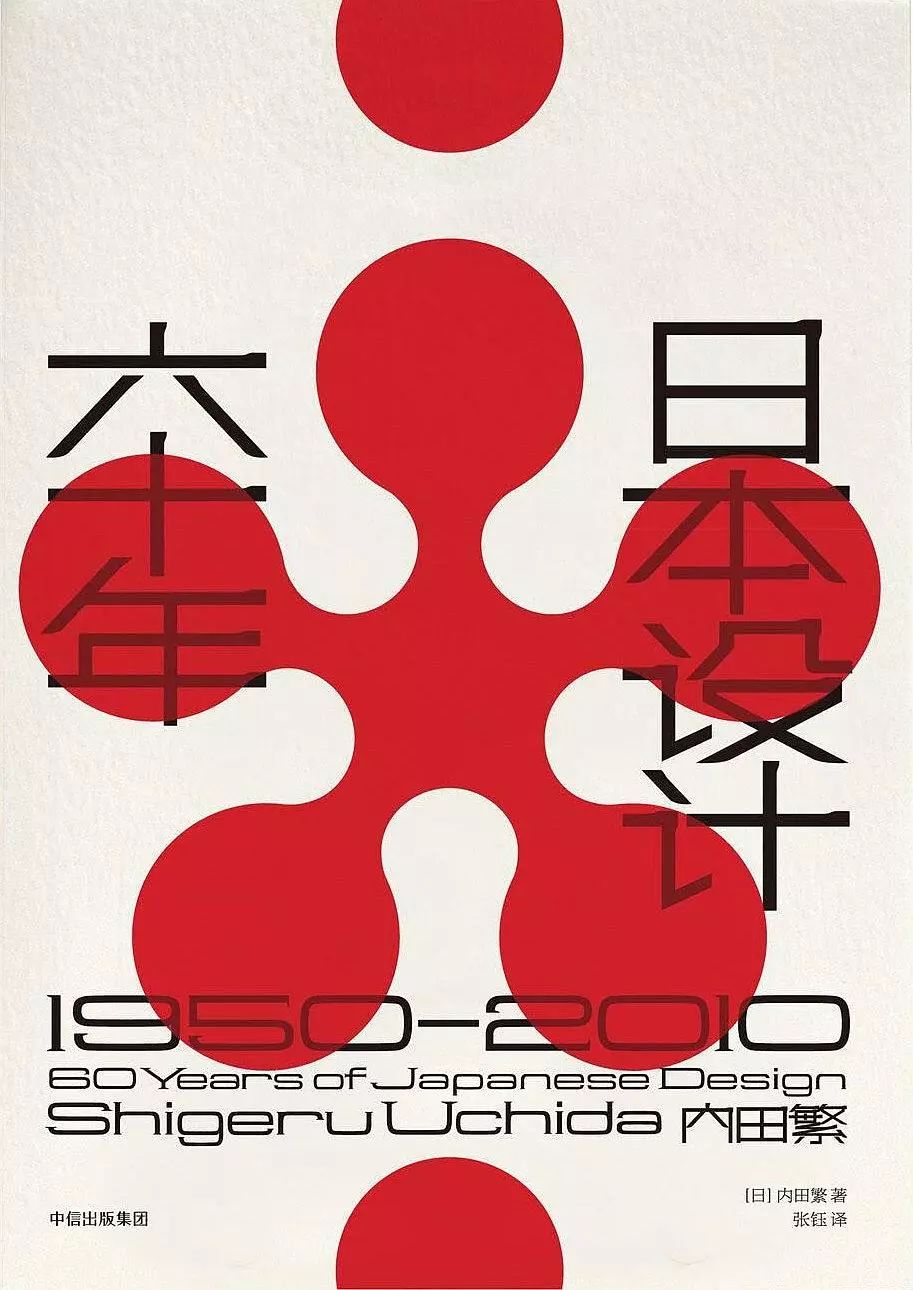
"Sixty Years of Japanese Design"
Author: [Japan] Hiroshi Uchida
Translator: Zhang Yu
Publications: CITIC Publishing Group/Chu Chen Culture
Publication year: September of 2018
.png)
When it comes to Japanese brands, Muji, Uniqlo, Sony, etc., have become synonymous with good quality and cheap price. When it comes to Japanese designers, you've always heard of a few names like Fukasawa, Tadao Ando, Yayoi Kusama and Yohji Yamamoto. Of the 45 winners of the Pritzker Prize for Architecture, the world's highest honor, eight are Japanese.
The emergence of top designers is based on the society, and the design level of the whole society in Japan is at a fairly high level, which is really not an easy task. It can be said that Japanese design has been integrated into every part of daily life, from big buildings to small tableware, everywhere reflects the design elements.
The author of "Sixty Years of Japanese Design" is a famous Japanese designer, Hiroshi Uchida.
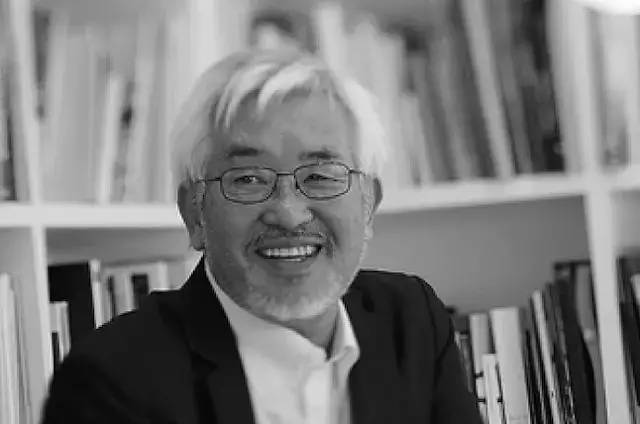
▲Hiroshi Uchida
His designs are in the permanent collections of the Metropolitan Museum of Art in New York, the Museum of Modern Art in San Francisco, and the Museum of Art in Denver. As a designer representing Japan, he has been highly praised internationally.
Born in 1943, he has almost participated in and witnessed the whole process of Japanese design in the past 60 years, which can be described as a living fossil of Japanese design in the past 60 years. No one could explain the hidden secrets of Japanese design better than him.
As a witness, Shigeru Uchida has written a book entitled "Sixty Years of Japanese Design", which tells the development process of Japanese design in the past 60 years. It is valuable for us to understand the overall picture of modern and contemporary Japanese design.
This book includes the works of nearly 500 designers. It introduces the history of Japanese design from the perspectives of historical events, social changes and lifestyle changes, and guides us to think about what kind of design makes people feel happy.
▇ 01 From plagiarism to independent design ▇
Similar to the ineffable "Made in China", the concept of design was still not formed in Japan when its economy was just starting. In a bid to boost the economy, the state has in effect turned a blind eye to such copying. Relying on cheap labor force and rough production equipment to produce products, in fact, can not well meet the user experience, the basic functions are available, but the quality is not up to standard. Made in Japan had even become a byword for shoddy manufacturing.
General Electric, for example, introduced a vacuum cleaner in 1928, and Japan's Toshiba, after a visit, introduced the same one in 1931. Saying it's the same, in fact, is a straightforward copy. Until now, Toshiba still has this product on its website, and it's conspicuously labeled "Domestic No. 1."
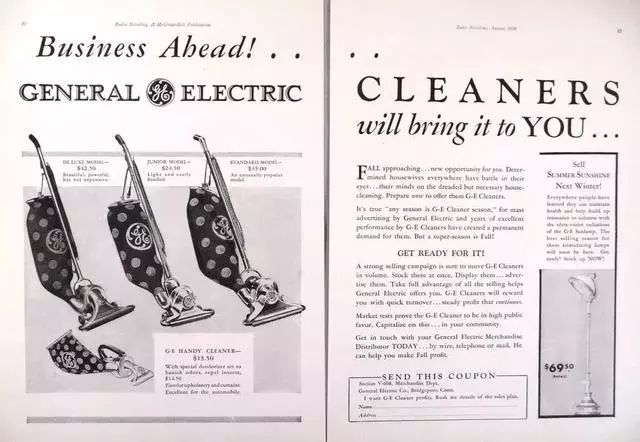
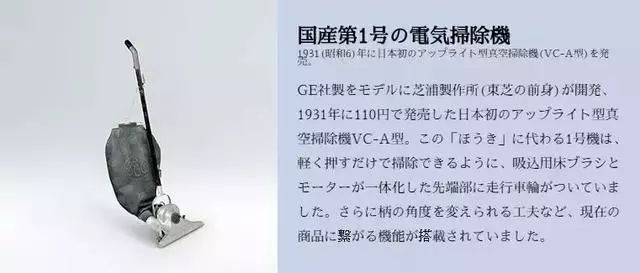
In addition, there are many cases, such as the copycat Leica camera, the copycat BMW motorcycle, even the logo. In addition to the industrial products, it also copied the visual image: Fuji's Peko sauce.
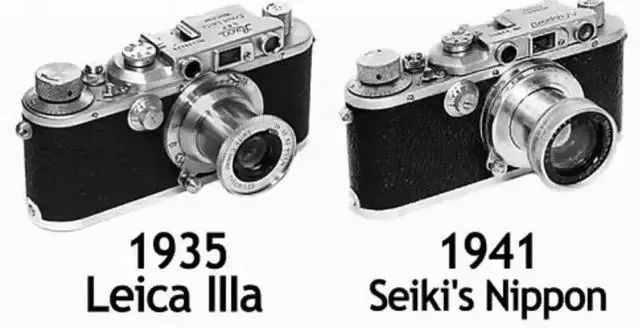


When Foreign Minister Aiichiro Fujiyama visited London in September of Showa 33 [1958], there was a scene in which he was surrounded by reporters who raised questions about copied packaging containers. Everyone watched on television as the Japanese Foreign Minister was suddenly surrounded by cameras, suddenly asked about the knockoff, and the news caused a great deal of reaction both at home and abroad.
This phenomenon was denounced by the British parliamentarians, and under external pressure, the Japanese government decided to crack down on copying and support innovative design to reverse the design situation in Japan at that time.
In February, Showa 25, the then Minister of Trade and Industry, Yoshito Ikeda, addressed the issue of plagiarism, saying, "Any [plagiarism] related to our industry will damage the credit and reputation of our industry people."
……
Under such social background and international situation, in Showa thirty-second year [1957], Japan held the first appearance Design Award review council and decided to establish the "excellent Design selection system", namely Japan G-mark Design Award [Good Design Award]. To establish this system is the purpose of the "prevention of export goods infringe on intellectual property rights" and "selection of excellent design and promotion to the society", the goal is to "improve the level of national life and realize industrial deepening", let the life culture through commodity design become more abundant, from this point of view, hope to influence society design.
The Japanese government has implemented the G-mark system, a very important function of which is to prevent plagiarism. However Japan has other agendas. They want to use this system to improve the quality of life of Japanese citizens, and at the same time, to design Japan to win the trade war in the international competition after World War II. The G-mark system has been continued to this day, and the effectiveness of this system is obvious to all. At present, excellent works of Japanese design are frequently produced, and many products have become world-class.
In fact, before the G-mark, a part of the Japanese product companies have already found the clue. Such as Matsushita, the founder of Panasonic in 1951, in order to achieve his vision of management, to visit the United States. This time, he was shocked by the advanced application of electronics in the United States and deeply felt the importance of design. At a time when design was still unknown in Japanese society. He once said: "The future will be an era of design."

▲ Konosuke Matsushita
Later, inspired by Panasonic, Toyota Motor, Hitachi Manufacturing, Mitsubishi Electric and other large manufacturing industries also followed in the company to set up design departments. As Japan entered a period of high economic growth, technological innovation and quality control, combined with industrial design, established a trinity of manufacturers.
But before that, the concept of design in Japan was not clear. Even after the Second World War, the word design was still used only in the field of art. It was not until the development of the Japanese design industry that the "craft", "industry" and "design" were combined to form a new design concept.
▇ 02 "We are out of the postwar era” ▇
The 1956 economic white paper proclaimed that "we are out of the post-war era". By 1958, with the construction of the Tokyo Tower and the issuance of the highest denomination10, 000 yen note, Japan had a real sense of rapid economic development. The aforementioned G-mark system was also launched in 1957.
As the aftermath of the war waned and Japan's design philosophy began to awaken, Taro Koike Iwaki and Kenji Kenji of the Tokyo University of the Arts, among others, founded Japan's largest industrial design firm, GK Industrial Design Institute, while still in school. Freelance designers, individually or as a group, are starting to work in small increments.
For example, Mori Masayo's "G-shaped soy sauce bottle" won the first award for excellent design in 1960. At the time, Mori was still working at the Hakayama Pottery Design Studio in Nagasaki. This design is still loved and used by people. It is not only a handicraft but also an industrial design product, not only a ceramic but also a modern design, and it is also a popular industrial product selected by consumers from their life experience.
.gif)
And the same is the sauce bottle, Rongjiu Xian Division designed 10,000 words of sauce bottle in the world sold more than 400 million. It can be seen that Japanese design is careful to every corner of life, but also to make it perfect.
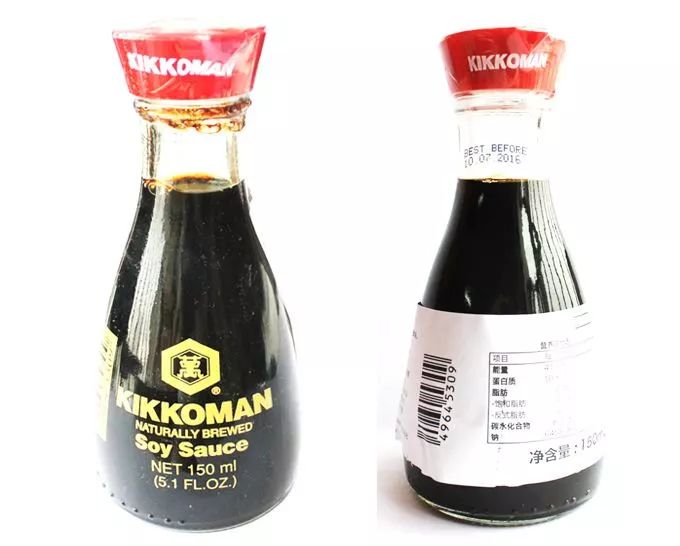
In addition to the individual perspective, the design community in the name of the group has also made a great contribution to the development of Japanese design. For example, the Japan Design Center was established in March 1960. As a creative group to promote the development and quality of Japanese advertising design, it has gathered the highest level of Japanese designers, advertising copywriters and photographers. It is funded by 8 companies (Asahi Brewery, Asahi Chemical, Nippon Steel, Toshiba, Toyota Motor, Nikon, Nippon Steel and Nomura Securities).
Had the attraction of a lot of famous stylist such as Yusaku Kamekura policy, Japanese design center held water before long had stylist of a large number of high standards.
At the 1964 Tokyo Olympics, Mr. Kamekura shocked the world with his posters, which blended symbolic, simple, and modern elements of traditional Japanese aesthetics.
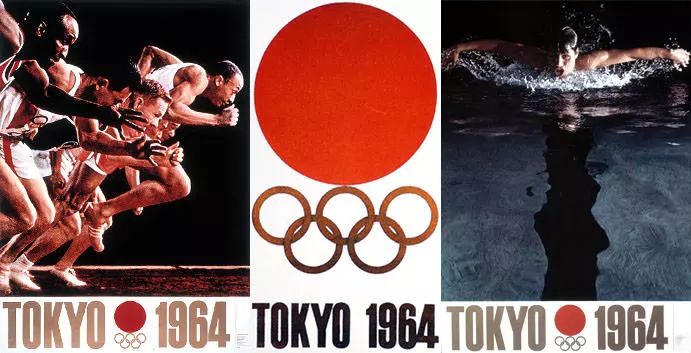
The request for "Tokyo Olympic logo to be used during the Olympic Games" was submitted through a bid by name using the logo made by Mr. Kamekura. This is the design of the five rings of the Olympic logo and the words "TOKYO1964" under a big round sun. The white background is matched with the red and gold fonts of the round sun. It is simple, powerful and beautiful, and it is also very easy to remember for ordinary people. Members of the bid review committee were impressed by the simple, easy-to-read logo and agreed to adopt the design.
Another landmark event during these Games was the first use of male and female ICONS on toilet doors. In addition, considering the large number of foreigners who will come to watch the game, we invented the icon that everyone can understand, so that foreigners who do not speak the same language can be clear at a glance.


Since the beginning of the 1970s, the challenge direction of the Japanese design industry has changed subtly. The personal struggle of designers in design has come to an end. The direction of the struggle in the new era is how to bridge the gap between the daily society and design, and between the society and human beings, and this struggle has become very insignificant, unknown and silent.
This period is the return to "everyday" period, is to improve People's Daily living standards and inject power into the period. The clothing industry, for example, paid more attention to everyday clothes during this period compared with the previous continuous design of trendy clothes. The same goes for interior design and architecture, which began to be based on everyday life. Industries are turning to try to make everyday life more solid and reliable.
The landmark event was Japan's hosting of the Osaka World Expo on March 14, 1970, the first world's fair to be held in Asia. The streets, subways and buildings around the Expo site have been renovated to make the event a success, symbolizing that Japan has finally become the second largest economy after the United States.

▲ Osaka World Expo Exhibition Area
In a very short period of time, Japan began to develop modern design around 1953, and by the 1980s it had become one of the most important design countries.
Made in Japan from plagiarism to world famous, there are some accidental factors, but the fundamental is scientific and technological innovation. Japan attaches great importance to the application of new technologies and the analysis of market demand. Its investment in science and technology and the proportion of scientific and technological workers in the population are among the top in the world all the year round.
Up to now, more than 60 years of development of Japanese design has made them firmly sit in the position of the eldest brother of design. In fact, three decades ago, Japan was established as a design powerhouse. This is very instructive for the Chinese design industry, and we may be at a certain stage in the 60-year history of Japanese design. With the unremitting efforts of many designers, the rise of Chinese design is just around the corner. Studying and reflecting on the past can actually make this industry develop faster.
Article | Tian Ye
Picture 丨Internet
Edited by WEY LEAN